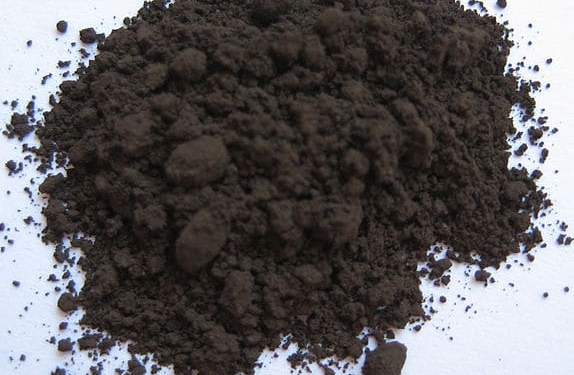source: Lexology news
European Union May 31 2017 The new EU rules on conflict minerals impose strict due diligence requirements on EU importers of gold, tin, tungsten and tantalum.
On 19 May 2017 Regulation 2017/821, which sets out supply chain due diligence obligations for European Union importers of tin, tantalum and tungsten, their ores, and gold originating from conflict-affected and high-risk areas (the “Conflict Mineral Regulation”) was published in the Official Journal of the European Union. The Conflict Mineral Regulation will apply from July 2017, however, the vast majority of the provisions will not apply until January 2021, leaving impacted parties significant time to adapt to its requirements. The Conflict Mineral Regulation aims to prevent the exporting of conflict minerals and metals into the EU, the use of conflict minerals within the EU, and the abuse of mine workers, by requiring that companies in the supply chain import the minerals concerned from responsible sources.
Due Diligence Obligations
The Conflict Mineral Regulation sets out four groups of obligations which make up the supply chain due diligence obligations, which must be adhered to by all importers of gold, tin, tungsten and tantalum, and evidence of such compliance must be kept. The four groups of obligations are:
- Management system obligations,
- Risk management obligations,
- Third party audit obligations, and
- Disclosure obligations.
Management System Obligations
EU importers will be required to ensure that their supply chain policy standards, contracts and agreements are consistent with the model supply chain policy set out in Annex II of the Organization for Economic Cooperation and Development’s Due Diligence Guidance (the “Guidance”).
The Guidance sets out a number of restrictions on dealing with minerals and metals in conflict zones. The key restrictions include that in their dealings in conflict hit areas EU importers must not profit from, contribute to, assist with or facilitate torture, cruel, inhumane and degrading treatment, any form of forced compulsory labour, the worst forms of child labour, other gross violations of human rights like widespread sexual violence, and war crimes or other violations of international humanitarian law. EU importers must also not support non-state armed groups through the extraction, transport, trade, handling or export of minerals. If an EU importer becomes aware that they are sourcing minerals or metals from any individual or entity partaking in this kind of activity then they must suspend and discontinue their engagement with them. The Guidance also places obligations and restrictions on importers in relation to dealings with private security forces, fraudulent misrepresentation of minerals origin, money laundering and taxes, fees and royalty due to governments.
The Conflict Mineral Regulation also requires that EU importers communicate up-to-date information on their supply chain policy to suppliers and the public, structure their internal management systems to support supply chain due diligence by assigning responsibility to senior management, and establish a grievance mechanism.
Risk Management Obligations
The Conflict Mineral Regulation requires EU importers to identify and assess risks of adverse impacts in their supply chain and implement a strategy to respond to the identified risks. The risk management measures will have to be consistent with Annex II of the Guidance, and must be reported to a member of senior management with designated responsibility for risk management.
Third Party Audit Obligations
EU importers of minerals will be required to commission an independent third party audit. The scope of the audit will include all of the EU importer’s activities, processes and systems used to implement supply chain due diligence, including management systems, risk management and disclosure of information.
The audit will eventually determine whether the EU importer is compliant with the obligations set out in the Conflict Mineral Regulation and make recommendations to the EU importer on how to improve their supply chain due diligence.
This obligation will not apply to EU importers of metals provided that they provide substantive evidence, including third party audit reports, demonstrating that all smelters and refiners in their supply chain comply with the Conflict Mineral Regulation. Evidence will be considered sufficient where EU importers of metals can demonstrate that they are exclusively sourcing from smelters and refiners on the European Commission’s list of global responsible smelters and refiners.
Disclosure Obligations
The Conflict Mineral Regulation sets out a number of disclosure obligations on EU importers of minerals and metals to Member State competent authorities, purchasers and the public. EU importers must make available the results of their third-party audits to member state competent authorities. They must also disclose any information gained and maintained as a result of their due diligence to immediate downstream purchasers with due regard for confidentiality and competitive concerns. EU importers are also required, on an annual basis, to publically report on their supply chain due diligence policies and practices for responsible sourcing.
Next Steps
Importers of minerals and metals need to begin to develop or enhance their existing management systems and risk management strategies in order to achieve compliance with the Conflict Mineral Regulation. They may also wish to explore options for third party auditors in order to be prepared for the effective date of January 2021.
For importers of minerals and metals operating within the US the new obligations may prove slightly easier to adapt to. The US Dodd-Frank Act includes the majority of the same basic provisions as the Conflict Mineral Regulation, however it is worth noting that several reporting obligations are wider under the Conflict Mineral Regulation.


































